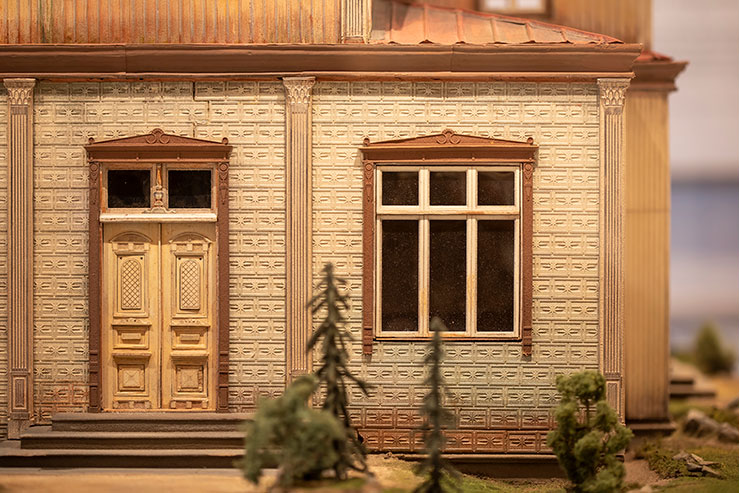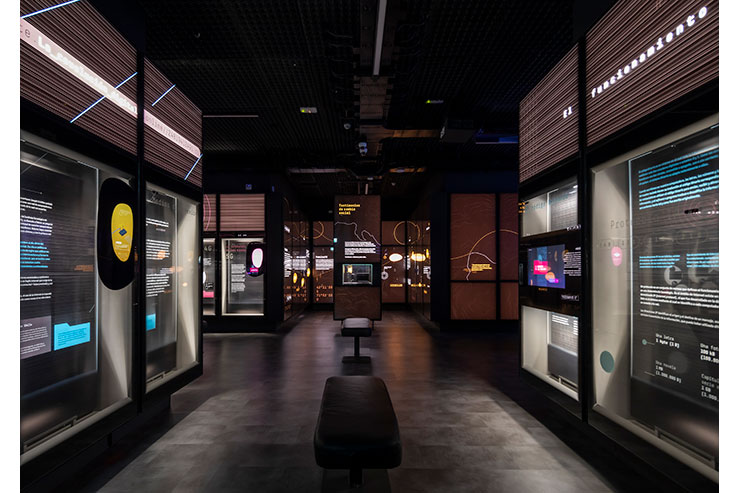This website uses cookies so that we can provide you with the best user experience possible. Cookie information is stored in your browser and performs functions such as recognising you when you return to our website and helping our team to understand which sections of the website you find most interesting and useful.
Telecommunications Museum, Chile
ProjectTelecommunications MuseumLocationValdivia, ChileLighting DesignLimari Lighting Design, ChileArchitectSofia Sanfuentes, ChileInterior DesignSUMO museography, ChileClientTelsurLighting SuppliersColors, DGA, Erco, iGuzzini, Omega Light, Santa&Cole, LutronPhotographyAryeh Kornfeld
Telsur is a pioneer telecommunications company in the south of Chile since the end of the 19th century. They decided to narrate their story to the local and global communities by constructing a museum about human telecommunications.
The city of Valdivia has a strong German colonists’ influence from the early 1800’s, and thus, architecture built during that time is now considered part of Valdivia’s patrimonial heritage. In the early 2000’s, the company received “The Lüer House” as a donation, proceeding to develop a project to refurbish it, in order to accommodate the museum.
Our design concept was divided into two parts:
1 Exterior design concept relative to the house as a sort of “patrimonial container”
2 Museography design concept relative to the story of telecommunications
Exteriorly, we felt that lighting had to be an inherent element of the house, seeking to maintain its original identity. We proposed to simulate the night presence of inhabitants by lighting through the windows towards the outside. Since all the original windows were covered due to museography elements requirements, we designed a coloured fabric panel placed to the back of the window’s depth, which is lit by a perimetral linear system. Windows are switched on and off by the control system, mimicking residential night-time use, as if people were leaving and entering different rooms.
The interior architectural and museographic lighting design concept was based on an analysis that revealed a very similar evolution between telecommunications and lighting. This evolution is first associated to the arrival of electricity at the end of the 19th century. Then, both light and telecommunications, are linked to the technologic evolution of electromechanics, and then of electronics. To date, this evolution remains similar, where both are totally electronic and digital. Our concept was: “telecommunications and lighting as technologies of an age”.
The translation from concept to lighting composition was achieved in combination with the museographic script, which is based on a timeline narration. The first room of the museum, which relates to the history of telecommunications before electricity, is lit with 2200K, then, the second ambient, which relates to telecommunications following electricity’s arrival, is lit with 2700K, after, the third ambient, which relates to the fifties and sixties has a 3500K lighting, and finally the IP era is lit with a 4000ºK ambient lighting.
A collaborative design process, which included museography designers and construction team, lead to creating mock ups of all lighting-related details during the construction stage.










